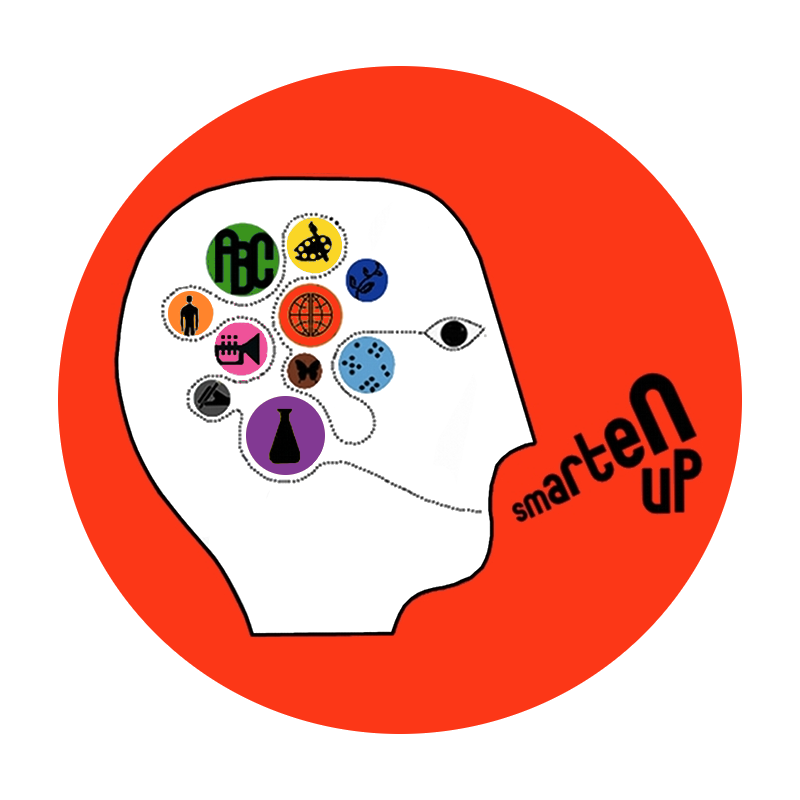Given the unprecedented disruption to schools in these strange times, families face a new challenge – how do you keep kids happy and engaged when they are stuck inside all day?! Given our expertise in all things education and learning, we've created this daily newsletter to offer quick tips and share resources for you to prevent learning loss, encourage productive distractions from the crisis, and help your child continue to develop and grow while stuck at home.
We know this won't be easy, but we are here to help!
With that in mind, we will also be updating the site daily with a wide range of creative, educational, online workshops for students of all ages. From a free daily Story Time at 9:00am and 4:00pm, to writing, acting, math classes, and so much more, we are tapping into the vast pool of diverse talents at Smarten Up to create workshops that will keep students engaged with and excited about learning.
Newsela is a news aggregator that curates high interest articles for students - this means that its staff gathers articles from news sources across the web, and then adjusts the reading level to make them accessible to students of all ages. While articles are organized by topic, there are also wonderful Text Sets that enable children to explore a specific area of interest with guidance. Plus, kids can annotate as they read and work through related comprehension activities as well. Newsela makes current events accessible to children, no matter their age or reading level, which should lead to some interesting dinner conversations for all!


